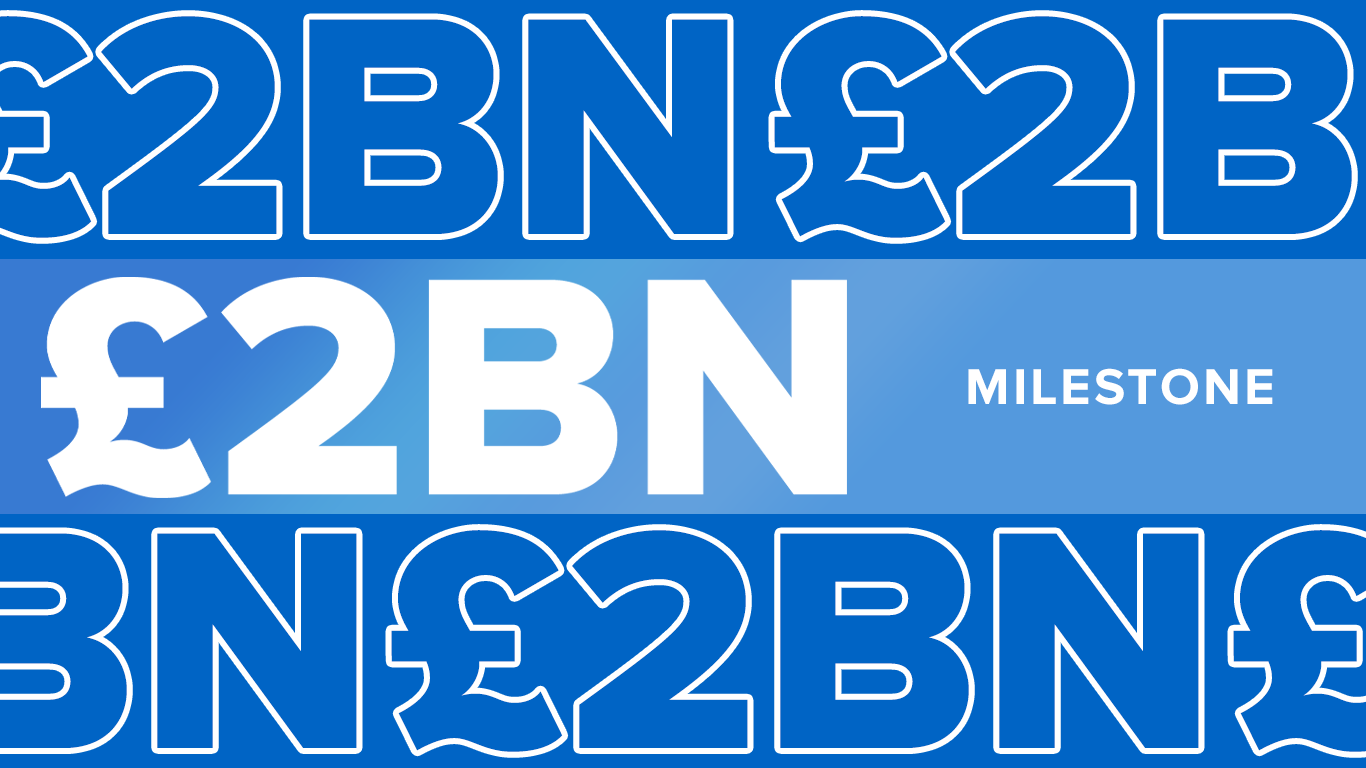This banking failure has created panic among investors, with more regional US banks like Signature Bank and Silvergate Capital falling into the hands of the regulator, shaking the confidence of investors and depositors, and significantly impacting share prices within the global banking sector.
On 15 March, the Swiss banking giant, Credit Suisse, found itself at the centre of the crisis when its largest shareholder, Saudi National Bank, confirmed that they could not provide any more funding to the bank. Combined with a series of previous scandals, this news spooked investors, causing Credit Suisse's share price to lose a quarter of its value in a single day. Fortunately, on 16th March, Credit Suisse managed to secure a £44bn lifeline from the Swiss National Bank, which reversed some of the losses and slightly restored investor sentiment.
It is important to distinguish between what happened in the US market with Silicon Valley Bank and the threat being faced by UK and European banks, such as Credit Suisse. From a US perspective, SVB primarily caters to the technology industry. As the tech industry has been booming over the past years, SVB obtained large deposits from commercial clients, such as venture capital firms and technology companies. Under normal circumstances, banks primarily create their own assets by issuing debt to their clients. The problem with all the deposits being amassed by SVB was that the bank was not able to generate enough assets on its own by lending all available funds to current clients. Instead, they resorted to buying assets such as long-dated treasury securities and asset-backed securities that are very sensitive to rising interest rates. As rates rose over the last year, the value of these assets fell sharply. Most depositors at SVB were large corporations not covered by the FDIC, which is the US equivalent of the UK’s FSCS deposit insurance scheme. The declining asset prices and lack of deposit insurance raised fear among large depositors about the safety of their funds, which led to large-scale withdrawals.
Moving closer to home, the shocks that we have seen in European and UK banks were primarily a crisis of confidence in the banking system rather than a risk management crisis. Credit Suisse has been particularly hard hit because of weak financial performance and a series of scandals that occurred over the last two years, as illustrated in Reuters's chart below.

Reuters, March 15, 2023
How did regulators react?
To ensure that this run on SVB's capital does not cause a contagion effect in the market, the US Treasury has announced that all SVB and Signature Bank depositors will be made whole by a government guarantee. This is a significant intervention by the US Treasury that has never been made before during a bank failure. The Federal Reserve has also launched a new lending facility, allowing banks to post high-quality assets, like treasury bonds, at generous rates.
From a European and UK point of view, regulations have been stricter for EU and UK banks, compared to their US counterparts, which resulted in better liquidity levels to withstand a run on the banking system. The EU and UK banking sector is generally in a healthy financial position. Credit Suisse, for example, is estimated to have between £30bn and £40bn of excess liquidity available above regulatory requirements. That said, we know now that the collapse of a relatively small bank, like SVB, can cause a contagion effect in the banking sector, which poses significant systemic risks to the markets in general. It is therefore vital for regulators and banks to ensure a robust risk management framework in order to ensure stability within the financial system.
Where next for monetary policy?
We know central banks need to tighten financial conditions - such as lending standards, interest rates and money-market liquidity – to fight inflation. That said, markets have been fighting against central bank actions over the last year, making it extremely difficult for central banks to gain the desired tightening effects in the economy. This has all changed over the past week. The turmoil in the banking sector has shocked the markets into working with the monetary policy and not against it. Many investors expected that the latest financial market turmoil was enough reason for central banks around the globe to pause their hawkish monetary policies, allowing the banking sector to regain stability. Yet, on 16 March the European Central Bank maintained its position by raising interest rates yet again by 50 basis points.
This bold action taken by the ECB may initially seem irrational because there are heightened risks in the market, and we do not know what will break next or whether we will be able to manage these unknown risks. However, by raising rates, the ECB has provided some confidence to the markets, suggesting that it does not see significant risks in the system and that its number one priority remains to get control over current inflation levels.
What about portfolio returns?
At Timeline, we take a globally diversified approach to portfolio construction which avoids any concentrated positions in any one sector or company like SVB. The bank failures in the US comprise less than five basis points of our globally diversified investment strategy. That said, the latest events in the banking sector had an impact on share prices across the whole financial industry. We will continue to monitor how this develops over the coming days, but we are confident that our investors will be well served by our broadly diversified portfolios.
We know that investing in the equity markets does not come without risk, and that market corrections will occur. Our portfolios have been structured and stress-tested to withstand the test of time against every major market event over the last 100 years.
On the fixed-income side, the silver lining to this turmoil is that global bonds seem to have retaken their position as a stabiliser during equity market downturns as illustrated below in our Tracker 100 (100% equity) portfolio performance relative to our Tracker 0 (100% fixed income) portfolio.
120 years of capital markets data prove, without a doubt, that the equity market is the single biggest wealth creator in history. All you need to do to share in this creation of wealth is to maintain a disciplined long-term investment strategy. We have seen time and time again that trying to time the market is a dangerous game and usually results in the transfer of wealth from market timers to the more disciplined long-term investors.
We are closely monitoring the situation in the banking sector and will give further feedback on this in our next quarterly commentary.


.png)
